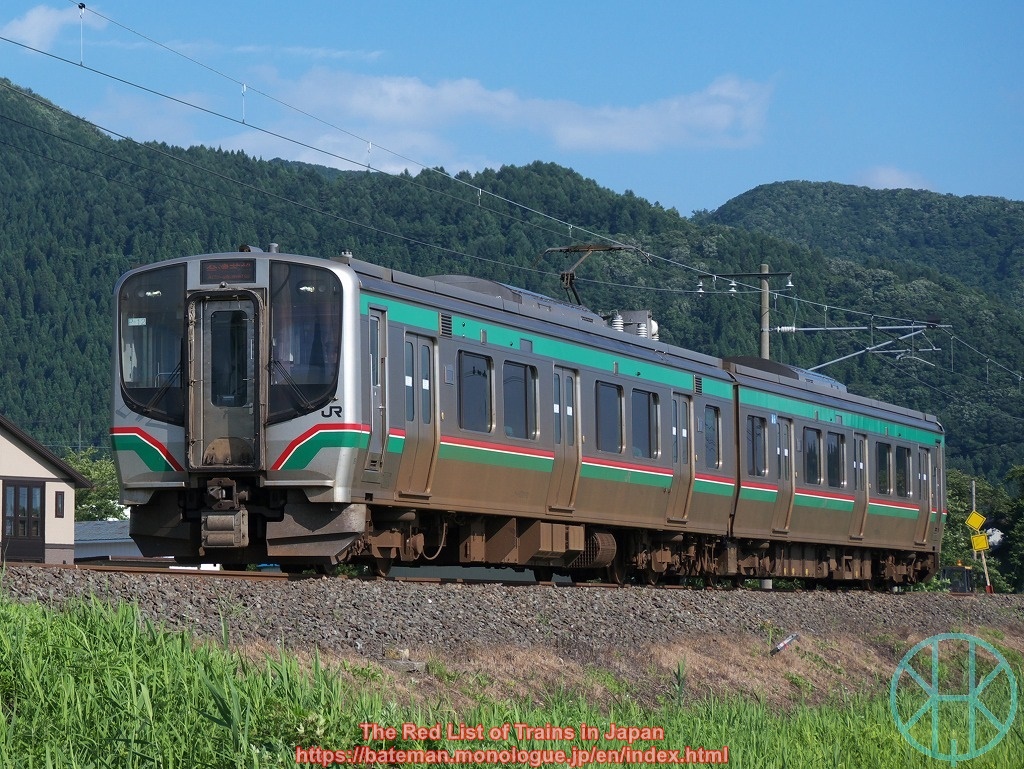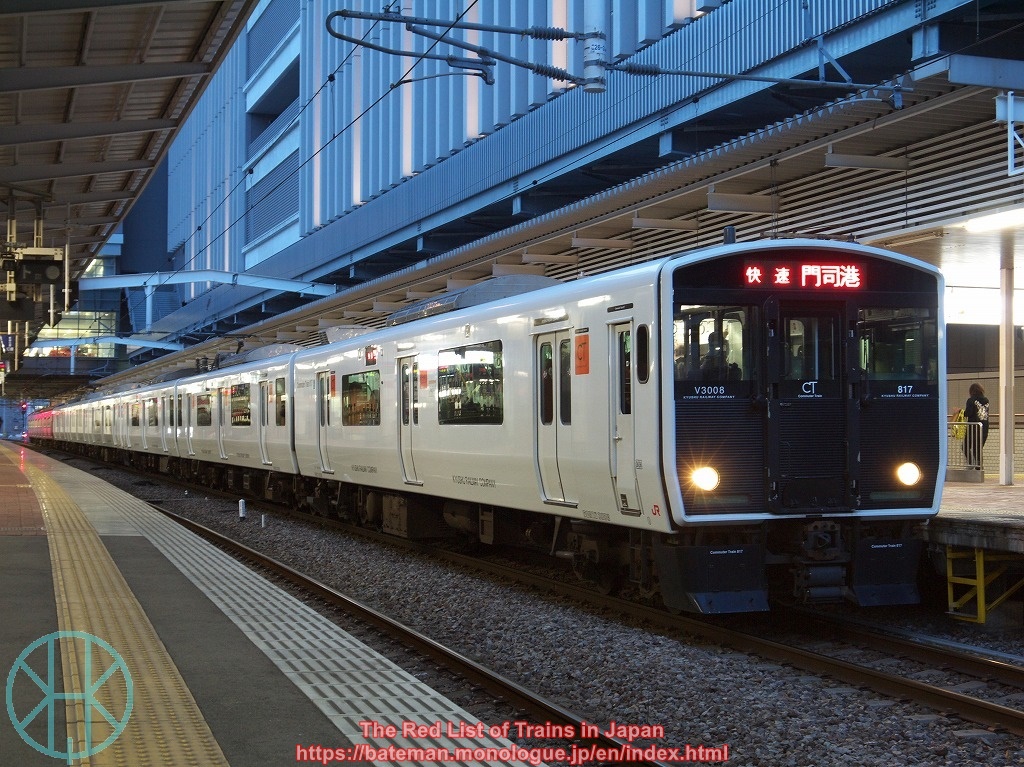Electrification has always been a major option to make railways faster, more efficient and greener. From steam trains to diesel trains, and then electric trains...the history of railway has always been associated with electricity.
The first electric train in Japan ran in 1890 when National Industrial Exhibition was held in Tokyo, and the first regular service provided by electric trains commenced five years later in Kyoto, which was later called Kyoto City Tram. Commuter rails in major cities like Tokyo and Osaka were mostly electrified by the 1930s, and expanded to the entire country after the Second World War. Today, nearly 68% of the railway network in Japan has been electrified.
However, there are a few regressive trends in the country. In some areas, railway companies decided to de-electrify railways. Generally, the electrification costs so tremendously that it is rare to see operators abandoning facilities. Nevertheless, JR East and JR Kyushu are planning de-electrification. To be specific, Ban-etsu West Line and Nagasaki Main Line.
In 2021, JR East concluded that it should radically change its business in some areas amid decline in demand triggered by COVID-19. The company insisted that some rural lines must be reformed to fit with current demands, meaning that it was necessary to consider removing some facilities. To put it simply, the company decided to replace some electric trains with battery-electric, electric-diesel or hybrid-diesel multiple units and remove redundant facilities, i.e. overhead wires, poles and substations.
 |
| E721 series, the current rolling stock on Ban-etsu West Line. |
According to Kahoku Shimpo, JR East plans to de-electrify a part of Ban-etsu West Line in Fukushima Prefecture. The Line between Aizu-Wakamatsu and Kitakata had been served by very few electric trains for more than 50 years (only 2-5 services a day), and all services have been provided by diesel trains since March 2022. Hence, electric facilities in this area are no longer in need.
 |
| 817 series, one of the most common EMU in Kyushu. |
According to Saga Shimbun, JR Kyushu will also de-electrify a part of Nagasaki Main Line. As Nishi Kyushu Shinkansen high-speed rail is scheduled to open on 23 September 2022, services between Hizen-Hama in Saga Prefecture and Isahaya in Nagasaki Prefecture will only be provided by diesel trains. Limited express services using electric trains will be discontinued as the new high-speed rail supersedes. Meanwhile, stopping services are less profitable than those intercity trains so that it was not wise to keep overhead wires etc. just for the stopping services.
 |
| BEC 819 series, JR Kyushu's latest battery train. |
Some people may argue that such a trend is contrary to carbon-free society and thus hampers desperate efforts to stop global warming. However, not all electric trains are environmentally-friendly. It costs considerably to keep the facilities not only economically but also in terms of burden on the environment. If there are only few services, then the downsizing can be a better choice.
It is also worth noting that unlike old diesel trains with significant fumes, electric-diesel or hybrid-diesel multiple units in these days are very efficient and thus clean. Battery-electric multiple units are getting more common in these days, just like electric vehicles on roads.
De-electrification does not sound good, but it must be borne in mind that reducing the total emission of greenhouse gas is the key to combat the climate change. All we can and have to do now is not just criticising the trend, but accept them as potentially a new way to maintain railways in the coming decades, and closely monitor if those railway companies do really commit to carbon-free objectives.









